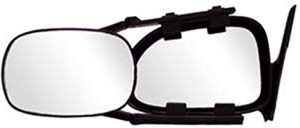-
Welcome to Tacoma World!
You are currently viewing as a guest! To get full-access, you need to register for a FREE account.
As a registered member, you’ll be able to:- Participate in all Tacoma discussion topics
- Communicate privately with other Tacoma owners from around the world
- Post your own photos in our Members Gallery
- Access all special features of the site
Potential owner - tech/repair questions
Discussion in '3rd Gen. Tacomas (2016-2023)' started by SoloUnTYF, Sep 9, 2020.


 GPS tracker
GPS tracker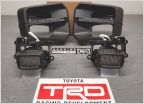 TRD Pro Fog Lights
TRD Pro Fog Lights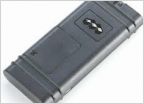 Moving 12volt solutions remote from a 2017 to 2020
Moving 12volt solutions remote from a 2017 to 2020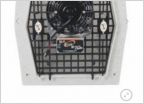 Powering bed fan with truck off.
Powering bed fan with truck off. Missing bolts
Missing bolts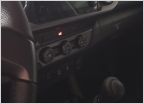 New Tacomas don't have factory installed alarms?
New Tacomas don't have factory installed alarms?



















